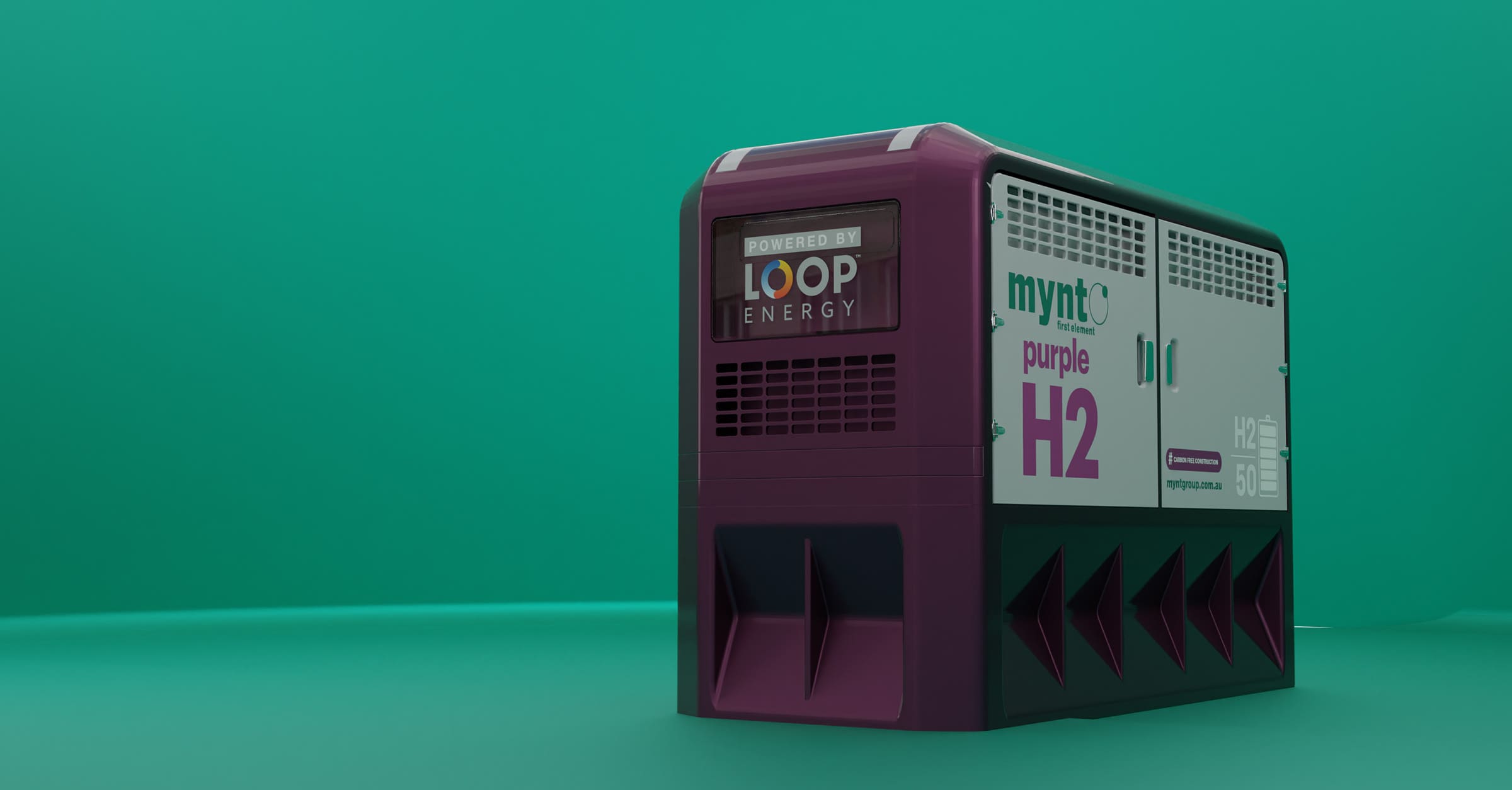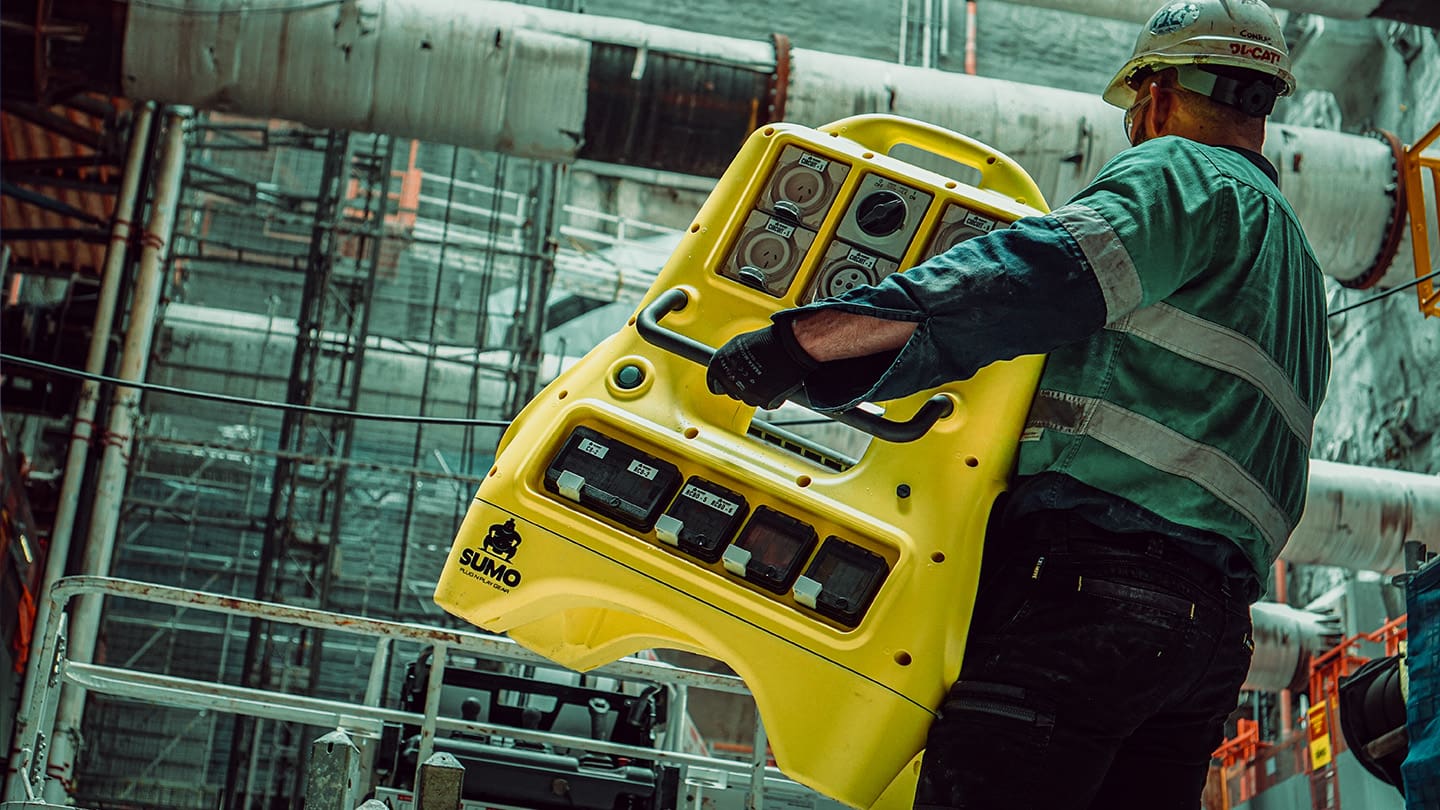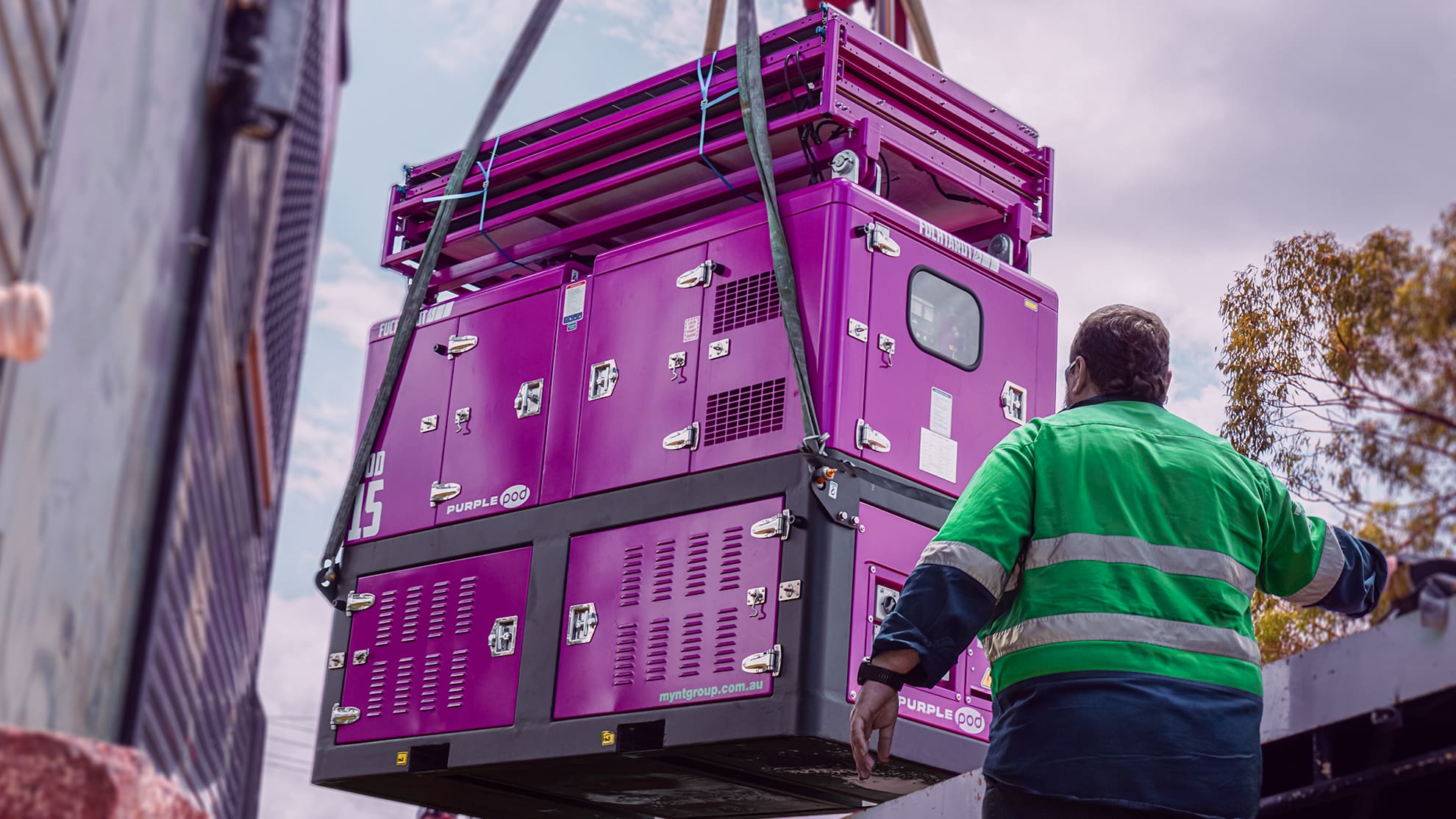The Challenge
The consistent feedback we are getting from clients across industries and geographies is that the commercial imperative to deliver quantifiable carbon reducing technology has come on quicker than they expected. Many tenders are now insisting on carbon reduction solutions to even qualify to bid. This has left the construction industry in particular with a variety of challenges and opportunities.


Customers need immediate renewable solutions that deliver on three priorities:
- Commercial: Are there products and methodologies where renewable technology can financially stack against diesel?
- ESG: Do these solutions satisfy the Environmental, Social and Governance imperatives required by the relevant stakeholders in the organisation?
- Marketing: Do these solutions provide an opportunity for the organisation to market its green credentials and perhaps even use the technology as a strategic advantage to secure more work?
The answers to the above questions depend largely on the application that the renewable energy is to be deployed into:
- Standby: For standby power, where mains exist, diesel is still a logical solution due to the low cost, and fact that the system rarely starts so emissions are not generally an issue.
- Intermittent Load: Solar and battery systems present excellent opportunities for ticking all three Commercial, ESG and Marketing boxes. In applications such as portable buildings and tower cranes where the charging input has time to keep up with the outgoing demand, a renewable system can have a lower overall cost than traditional diesel power.
- Base Load: This is the biggest challenge for renewables in traditional diesel generator applications. A combination of solar and diesel is not generally commercially viable in a heavy base load application. The likely winner in this space will be an alternative energy such as hydrogen.

Other considerations for construction companies and fleet owners include:
Choice of tech: How do you know the product you are buying is not going to be the “first big screen TV?”
Scale: How do I find a supplier with a supply chain that can keep up with demand and a branch network to support those products on the ground?
Timing: How do I know when to jump in and buy into renewables, and at what speed do I start replacing my existing energy options with renewables?
Disposal: How do I implement an orderly disposal plan of my carbon heavy energy assets to ensure I don’t end up with a large balance sheet write down in the near future as there is a glut of old tech being sold into the used equipment market?
All of this adds up to a simple answer. Most of our clients at least are telling us they are seeking a partner to assist in developing an overall transition plane, more so than just a product provider. That supplier requires scale, technical independence, flexible balance sheet options (rent vs buy), a comprehensive branch network, and sufficient supply chain integrity to ensure continuity.
Our team has been in energy for over 20 years, and this is the biggest single change of this scale we have experienced. It is our opinion that it will take a collaborative effort from the entire industry to ensure the transition delivers the desired carbon reduction outcomes in a manner that is financially sustainable.



